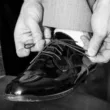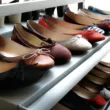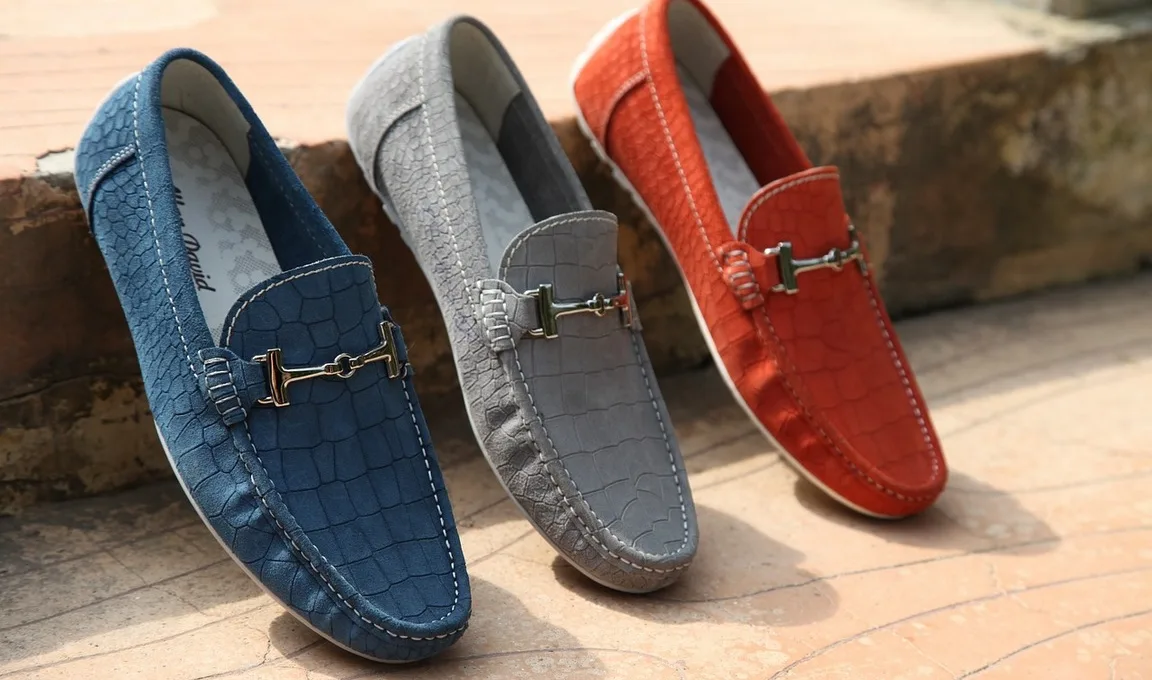Shoe and pair are two words that can mean a single item or a number of items. But many people are unsure whether to use the singular or plural form. Both forms can be used in sentences, and both have different meanings. Here are some examples to help you make the correct choice. Both are correct. And don’t worry! We’ll explain them in the next section! Read on to learn more. Then, you’ll know how to use them correctly in your sentences.
Pair
In everyday language, a pair of shoes is one set of two identical pairs. But in some cases, it can be used to refer to more than one set of shoes. When talking about shoes, it’s always more appropriate to use the plural form. This is especially true if there are more than two pairs. Here are some examples of common situations in which you’ll want to use a plural form of a word: pair of shoes.
“Pair” is a noun used to refer to two separate items. Whether it’s a pair of shoes or a set of shoes, “pair” is the correct usage. But be aware that it’s not always a correct spelling. Some people feel that ‘pair’ should only be used for two identical items, like a pair of shoes or two pairs of eyeglasses.
Shoes
Is a pair of shoes singular or plural? If you’re referring to a pair of shoes, you should use the plural form. However, you can also use the singular form for something that’s uncountable. For example, a pair of shoes is one. If the girl has both pairs, she is wearing both pairs of shoes. Here are some examples to help you decide which form you want to use. You can also learn more about how to form the words.
When talking about a pair of shoes, it’s important to use the correct spelling. When using the plural form, you’ll usually refer to two different shoes. For example, if you have a pair of brown dress shoes, you’d use a pair of brown dress shoes. Also, you can use “pair” as a synonym for “set.” However, some people consider a pair to be two separate items rather than a single pair.
Shoes are both singular and plural
It may surprise you to learn that the word “shoe” is actually a plural noun. It is a form of clothing for the human foot that is typically made from leather and consists of a stiff bottom and a lighter upper portion. The two forms are almost identical, but the differences begin with the position and use of the shoe. Here is a list of common examples. The correct spelling for shoes is “pair” (plural).
There are many ways to use the word “shoe” in everyday speech, and one of the most common ways is through the form. While “shoes” refers to a single object, the plural form is “shoes.” In other words, the word shoe can refer to more than one pair of shoes. However, many people are unsure of which word to use in which situation. To make sure that you use the right term, read the following tips:
Trousers
There are two ways of referring to shoes: as a singular noun and as a plural noun. Singular nouns refer to a single object or a set of items. Plural nouns refer to several items, such as several pairs of shoes. However, plural nouns are not used in the same way as singular ones. In the first sentence, “the shoes are in the closet,” the plural noun was “the shoes.”
The correct way to use shoes is as a plural noun. The plural of shoe is shoes. However, the plural of shoe is not always the same as shoe. It can also refer to eyeglasses, which is the plural of pair. But some English speakers may use the singular noun pair instead of shoe, while others use the plural form eyeglasses. Therefore, when you are unsure whether to use pair or singular, ask your teacher or a native speaker for clarification.
Gloves
The question is: is gloves a singular or a plural noun? The answer depends on the context. If we’re talking about a pair of gloves, we mean two of them. Similarly, we could say that a pair of shoes is a set of two. If we’re talking about a pair of shoes, we’d say that both pairs are a pair. So, which one is correct?
Podobne tematy




